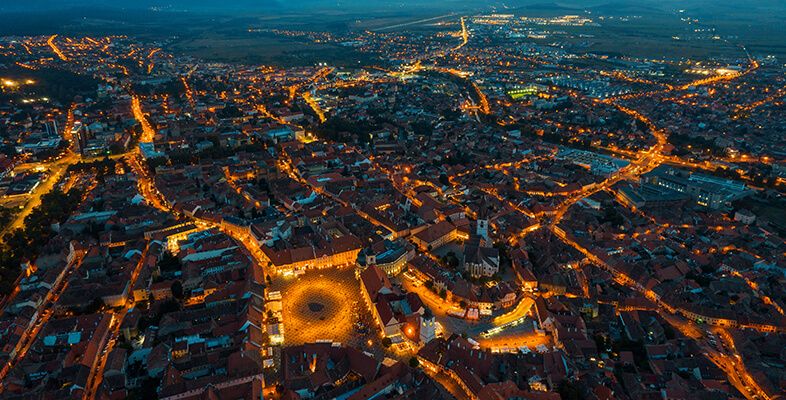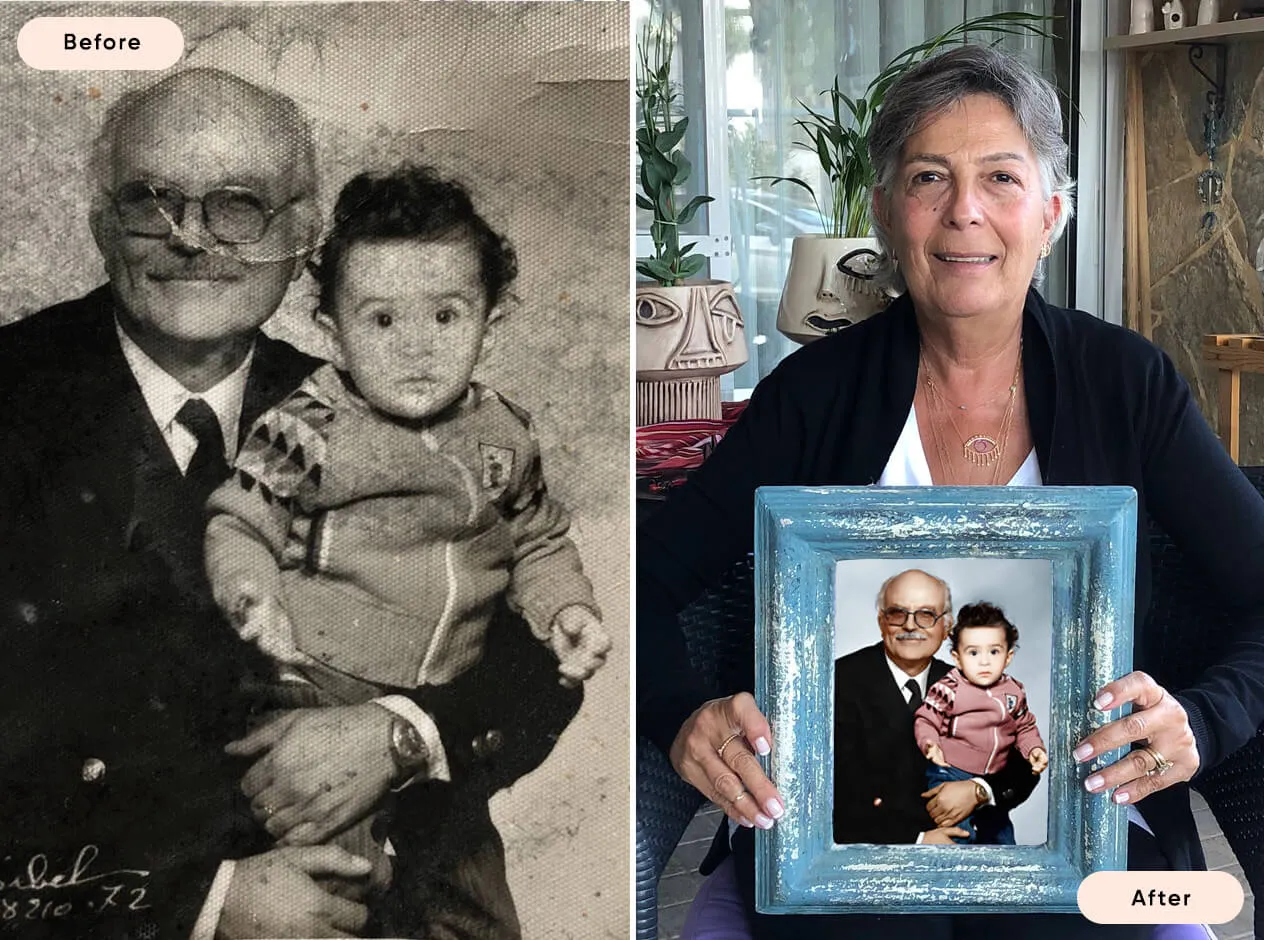Aerial Photography - Everything You Need To Know
Aerial photography offers a unique perspective, capturing the world from above and providing breathtaking views that are impossible to achieve from the ground. Whether you’re interested in landscapes, urban environments, or creative compositions, aerial photography opens up a world of possibilities. This guide will cover everything you need to know about aerial photography, including its uses, how to get started, and the equipment required.
What is Aerial Photography?
Aerial photography involves taking photographs from an elevated position, typically using aircraft, drones, balloons, or kites. The goal is to capture images of large areas or specific subjects from above, providing a bird’s-eye view. This type of photography can reveal patterns, structures, and landscapes that are not visible from the ground, making it a powerful tool for various applications.

The Many Uses of Aerial Photography
Aerial photography has a wide range of uses across different fields:
Real Estate: Real estate agents use aerial photography to showcase properties, highlighting their surroundings and features from a unique angle. This helps potential buyers get a better sense of the property’s location and layout.
Landscaping and Agriculture: Farmers and landscapers use aerial photos to monitor crops, plan irrigation systems, and assess land use. Drones equipped with specialized cameras can detect issues like crop health and soil conditions.
Environmental Monitoring: Aerial photography is crucial for environmental studies, allowing scientists to monitor changes in ecosystems, track wildlife, and assess the impact of natural disasters.
Urban Planning and Development: City planners and developers use aerial images to plan infrastructure projects, assess land use, and visualize the growth of urban areas.
Tourism and Travel: Aerial photos are used in travel brochures, websites, and advertisements to attract tourists by showcasing the beauty of destinations from above.
Film and Television: Aerial shots are frequently used in movies and TV shows to establish locations, create dynamic scenes, and provide context.
Mapping and Surveying: Aerial photography plays a key role in creating accurate maps and conducting land surveys. High-resolution images help in topographical mapping and geospatial analysis.
How Do You Get Started in Aerial Photography?
Getting started in aerial photography involves several steps:
Learn the Basics: Before you start flying, learn the basics of photography, including composition, exposure, and lighting. Understanding these fundamentals will help you take better aerial photos.
Choose the Right Platform: Decide whether you want to use a drone, aircraft, or another method for your aerial photography. Drones are the most accessible option for beginners due to their affordability and ease of use.
Get Certified: If you’re using a drone, check the regulations in your country. Many places require drone pilots to obtain certification and follow specific guidelines to ensure safe and legal operation.
Practice Flying: Spend time practicing flying your drone or operating your chosen platform. Familiarize yourself with the controls, flight modes, and safety features.
Scout Locations: Look for interesting locations to photograph. Consider the time of day and weather conditions, as these can greatly affect the quality of your photos.
Plan Your Shots: Plan your shots in advance. Think about the angles, altitude, and framing you want to achieve. Use apps and tools to help plan your flight and ensure you capture the best images.

What is The Equipment Needed for Aerial Photography?
The right equipment is essential for successful aerial photography. Here’s what you need:
Drone or Aircraft: For most beginners, a drone is the best option. Drones like the DJI Mavic series or the Parrot Anafi offer excellent image quality and advanced features at a reasonable price. If you plan to use an aircraft, you’ll need access to a suitable plane or helicopter.
Camera: Many drones come with built-in cameras that offer high-resolution images and video. If you’re using an aircraft, you’ll need a DSLR or mirrorless camera with a good lens.
Gimbal: A gimbal stabilizes the camera, ensuring smooth and steady shots. Most drones come with integrated gimbals, but you can also buy separate gimbals for other cameras.
ND Filters: Neutral density (ND) filters reduce the amount of light entering the camera, allowing for better control over exposure and motion blur. They are especially useful in bright conditions.
Extra Batteries: Aerial photography can drain batteries quickly, so it’s important to have extra batteries on hand to extend your flight time.
Storage and Backup: High-resolution images and videos require ample storage. Invest in high-capacity memory cards and portable storage devices to back up your files.
Editing Software: Post-processing is crucial for aerial photography. Use software like Adobe Lightroom or Photoshop to edit and enhance your images.
Conclusion
Aerial photography provides a fascinating perspective that can transform the way we see the world. By understanding the basics, choosing the right equipment, and practicing your skills, you can capture stunning images from above. Whether for professional purposes or personal enjoyment, aerial photography offers endless opportunities to explore and document the beauty of our planet.

Or Get YourMoney Back
back your money in the rare case you are not satisfied with the quality of your
damage-free pictures. Only $38 for most image restorations regardless of damage

All rights reserved.